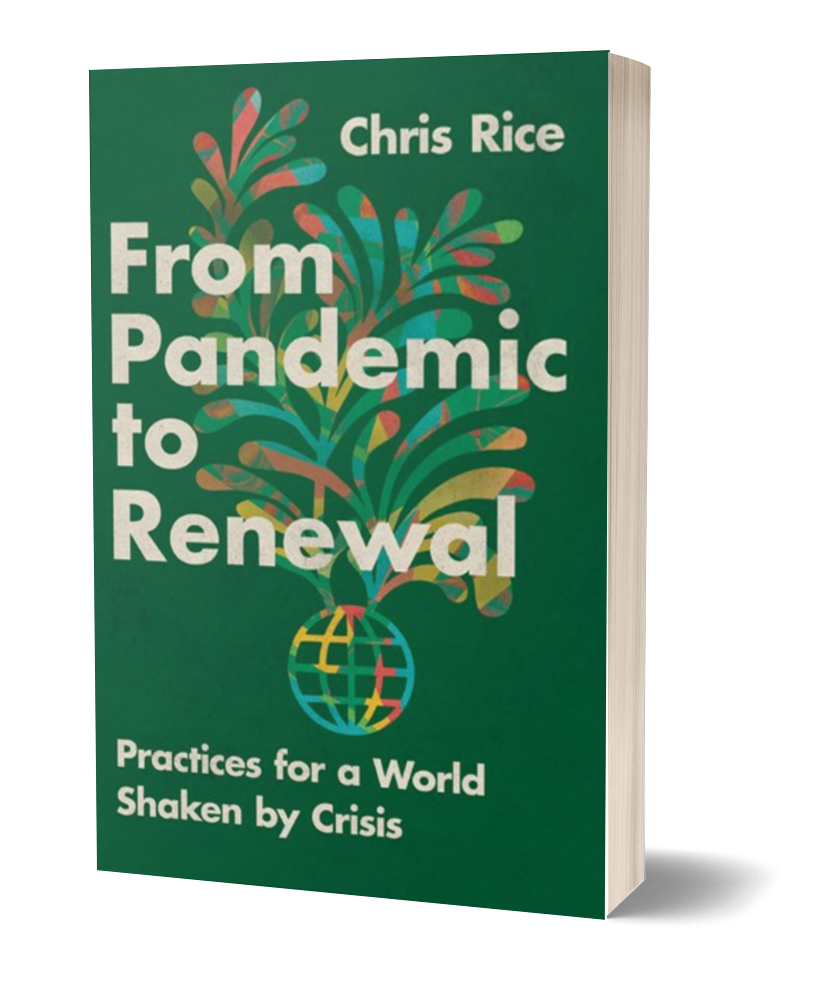
Engaging a number of voices and sources, following is an extended commentary on racism in America, through the lens of Christian faith and public witness, seeking to see the crisis and call of a new racial time.
- When black men die too soon
In recent years I’ve been haunted by the early deaths of a number of black American men, friends who were part of our interracial church community in Mississippi where I worshipped for 17 years. Most were in their 40s, the oldest was 62, all died of so-called “natural causes.” Our church was perhaps 150 members, half black and half white. But I know of no early deaths of any white members. Some anecdotes matter, they are symbolic. How could so many of our black men die so early and none of us white men? For me this makes painfully vivid the consequences of historic racial healthcare disparities seen in the disproportionate deaths of black Americans (as well as Hispanics and Native Americans) due to COVID-19 that are, as Rev. William Barber and Jonathan Wilson-Hartgrove write in TIME, “like contrast dye on an MRI, highlighting a malignancy in our body politic” (malignancy– remember that word). In this double U.S. crisis of COVID-19 and continuing legacies of racism revealed in the police killing of George Floyd, there is now a double mourning of both the too-soon loss of friends and early deaths for so many across the U.S. which are not “natural” at all.
- Why America’s racism is treatment-resistant

The story above brings to mind the angry young person who recently asked me: “Why does racism still exist in America?” As in, “one nation, indivisible, with liberty and justice for all”? A succinct answer is provided from one of America’s most penetrating racial analysts, Harvard sociologist Orlando Patterson (see The Long Reach of Racism in the U.S. and Why America Can’t Escape Its Racist Roots). The key words are “racist roots.” Patterson writes in the Wall Street Journal that the U.S. is “the only modern nation that had slavery in its midst from the very beginning,” and gives a brief history of how inequality was woven into political, economic, and judicial systems from slavery, to state-supported segregation and violence, to federal housing laws, to today’s criminal justice system (the world’s largest prison system), with continuing harmful effects. Very importantly, Patterson also contends there have been periods of significant progress made possible by America’s other paradoxical founding reality: a system with potential to create change, seen in the current protests which he calls “a sign of societal strength” (quite different, for example, from Hong Kong protesters facing a mainland China system which does not allow protest or the vote). But here is today’s disturbing reality according to Patterson: America is as racially segregated in 2020 as it was in the 1960s, the black poverty rate is 2.5 times the white rate, the wealth gap is worsening, and more black children (two-thirds) grow up in high-poverty segregated areas than they did in 1970. In naming slavery of African people and the colonizing of Native American people as “racists roots” or, theologically, America’s “original sins,” we name a cancer of the kind civil rights veteran James Lawson called “malignant” – deeply rooted, capable of mutating into new forms, cells not easily dying, and infectious, with its consequences passed down generationally. Furthermore, unlike the intense treatments of national Truth and Reconciliation Commissions in countries like South Africa with apartheid and Canada with indigenous people, and Germany’s confrontation with its Nazi past, there has never been a sustained national process of repair and healing related to black and Native Americans (see the new book Unsettling Truths: The Ongoing, Dehumanizing Legacy of the Doctrine of Discovery by Mark Charles and Soong-Chan Rah). This brings to mind peace studies sociologist John Paul Lederach’s sobering claim that it takes as many years to get out of a conflict as it took to get into it, which is why he calls for “decades-thinking approaches” when it comes to healing deep social wounds and injustices. Treatment must be long-term and tenacious, in multiple stages and at multiple levels (institutional, interpersonal, individual), and is resistant to success.
- Just Mercy, the suffering of John Perkins, and criminal justice in America

The murder of George Floyd starkly revealed the relationship of policing and criminal justice culture to America’s racial malignancy. A Wall Street Journal article by a U.S. military veteran contends that policing in America is a culture formed in a mindset and practices appropriate not to guardianship but to war – including a default to view certain communities as “enemy,” to dehumanize them, and to expect immunity for doing so. I thought of this as I listened to a remarkable online “bible study” conversation between Christian lawyer Bryan Stevenson of Just Mercy fame and Christian Community Development Association founder John Perkins (Stevenson first heard Perkins speak when he was a student at Eastern University). As Stevenson narrated the historical movements of violent control of black lives in America, I could not help but look at Perkins and think of his brother Clyde returning to Mississippi from World War II in 1946 as a decorated war veteran. Standing in line for a movie, Clyde objected to a police officer’s harsh words. The officer shot Clyde on the spot and he died on the way to the hospital. Then, 24 years later, Perkins became a threat due to his civil rights activism. In 1970 he was ambushed on a highway by Mississippi state police and nearly beaten to death overnight in a jail. Neither these officers or Clyde’s killer were ever punished. Then, 21 years later it was Rodney King’s beating by Los Angeles officers and the protests that followed. And now, 29 years later, the many incidents of police brutality leading up to George Floyd. This goes alongside political policies from Presidents Reagan to H.W. Bush to Clinton which resulted in black people being six times more likely than white people to be imprisoned for the same crime, like drug use, even though both groups consume illegal drugs at roughly the same rate.
- One obstacle to white evangelical liberation
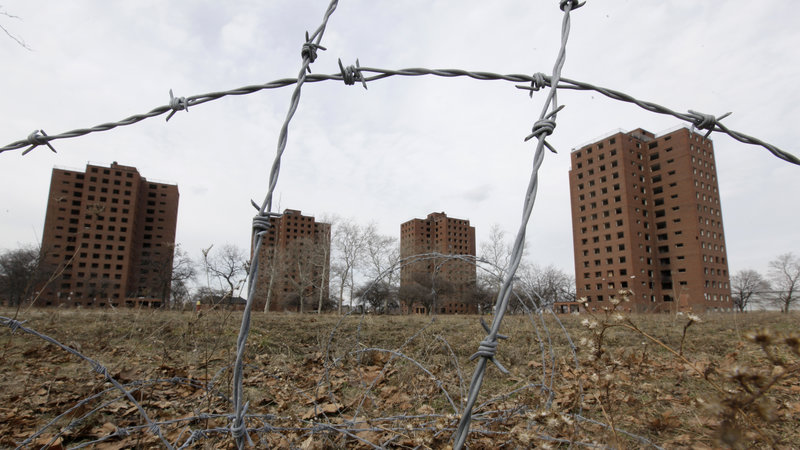
Paul Sancya/AP
The cure is not to focus on either “this or that racist officer” at one extreme or “good officer” exceptions at the other (see this inspiring New Yorker story of one black and high-ranking New York City officer whose grandmother told him black families never call the police, who is working for change from within). Addressing the malignancy of racism in America is impossible without thinking and locating oneself institutionally. Here we meet a major obstacle for many white American evangelicals. Sri Lankan theologian Vinoth Ramachandra recently wrote that “many of my white friends in the U.S. (and elsewhere, I should add) … cannot grasp the severity of the situation. Their view of ‘sin’ is individual, rather than structural and systemic. Because they themselves are not ‘racist’ in their attitude to others, they fail to empathize with the rage of those who suffer every day… And they are more offended by the ‘tone’ in which people protest than the situation which gives rise to such protest.” (Ouch. I remember the 1983 racial reconciliation meetings at our church in Mississippi, when I stood precisely in this camp, unable to receive any truth beneath the surface of black anger.) This Atlantic article maintains that many white evangelicals dismiss the category of systemic racism as a form of “cultural Marxism.” But here is the blindspot. In the landmark book by Michael Emerson and Christian Smith, Divided by Faith: Evangelical Religion and the Problem of Race in America, the sociologists assert that white evangelicalism – due to an individualistic, ahistorical, and anti-institutional captivity – does not have the resources to engage racism’s institutional reality:
… it is a necessity for evangelicals to interpret the [race] problem at the individual level. To do otherwise would challenge the very basis of their world, both their faith and the American way of life. They accept and support individualism, relationalism, and anti-structuralism. Suggesting social causes of the race problem challenges the cultural elements with which they construct their lives. This is the radical limitation of the white evangelical toolkit … … [for whom] there really is no race problem other than bad interpersonal relationships (italics mine).
Hard words, yes. But we cannot grow toward beloved community apart from hard truth. A worldview – even more a theology – which says that life chances, good health, and social mobility are earned and deserved (or not) solely by individual effort, and says racism is an ideology of those diminishing numbers who contend whites are superior to blacks, cannot account for racism’s institutional consequences. Ramachandra draws the critical distinction: “If I live within and benefit from a socio-economic-political system that has been constructed on such a premise, I share in the guilt of racism.” A Wall Street Journal article about the current systemic racism debate points to federal housing policy as being where lingering effects of past actions are most clear; via policies beginning in the early 1940’s, as one expert puts it, “houses were sold at a very, very cheap rate that allowed for generational wealth to be developed in the white population, and did not in the Black population” (see the 2017 book The Color of Law: A Forgotten History of How Our Government Segregated America). If this race-based disparity cannot be understood as a kind of harmful institutional sin then, as author Jemar Tisby tells the Atlantic magazine, a “mainly intrapersonal, friendship-based reconciliation [is] virtually powerless to change the structural and systemic inequalities along racial lines in this country (see Tisby’s book The Color of Comprise: The Truth About the American Church’s Complicity in Racism). At Duke Divinity School Stanley Hauerwas taught us that, in the Bible, sin is more of a captivity than something you do or don’t do. To accept that the benefits I enjoy are not simply earned, but tainted by inequality by design? This requires a shattering change of identity. A conversion.
- Thomas Jefferson statues and how America is only a 60-year old nation
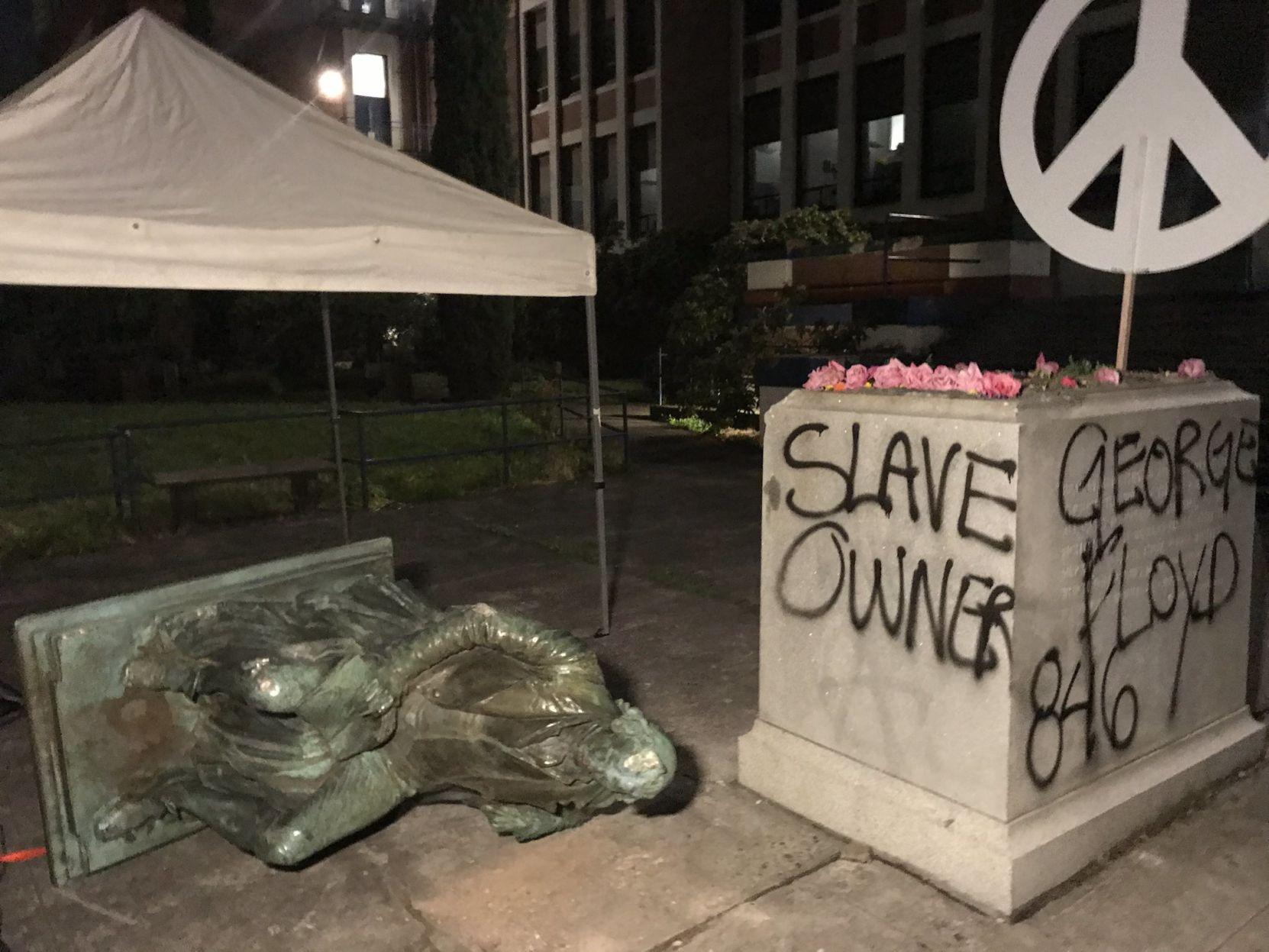
A critical challenge is moral wrestling with history. If I would recommend only one video, it’s this PBS interview with two top Jefferson scholars Annette Gordon-Reed and Jon Meacham (a black woman and white man) as they wrestle with the legacy of Thomas Jefferson as a slaveholder who authored the ideal of human equality expressed in the Declaration of Independence. Should Jefferson statues be taken down along with statues to Confederate leaders? Meacham says Washington and Jefferson were “wildly imperfect,” yet should be judged differently from those who took up arms against the Constitution to create a Confederate slave empire. “There’s a difference,” adds Gordon-Reed, “between trying to destroy the United States of America and having created it. And the people who created it… we have to grapple with the imperfection of their lives.” I find this kind of wisdom about human fallibility often missing in the left’s outright dismissal of any moral good in the American past, and the right’s outright blessing of American exceptionalism – with both cleanly dividing the nation into good people and bad people. Here is the two scholars’ critical claim, and for me it was a revelation: The United States which seeks justice for all is only a 60-year old nation. “There can be a tendency to say that [racism] is over,” says Gordon-Reed. “But you don’t get rid of hundreds of years of slavery in a century. Blacks don’t become full citizens until 1965. That is a blink of an eye in history.” And then Meacham: “The country we have right now, the polity we have, was really created in 1965. Not only with the Civil Rights Act and the Voting Rights Act but with the Immigration Naturalization Act, which totally changed the nature of the country. So no wonder this is so hard. No wonder we’re having such a ferocious white reaction… It’s simply the lesson of history that we are in fact a better country than we were yesterday. It doesn’t mean we’re perfect. It doesn’t mean we stop. But there are enough of us doing all we can as citizens and leaders to create a country that more of us can be proud of.” All the more reason to press forward into a new stage of pursuing justice for all.
- Kinds of white people: 4 emerging critiques
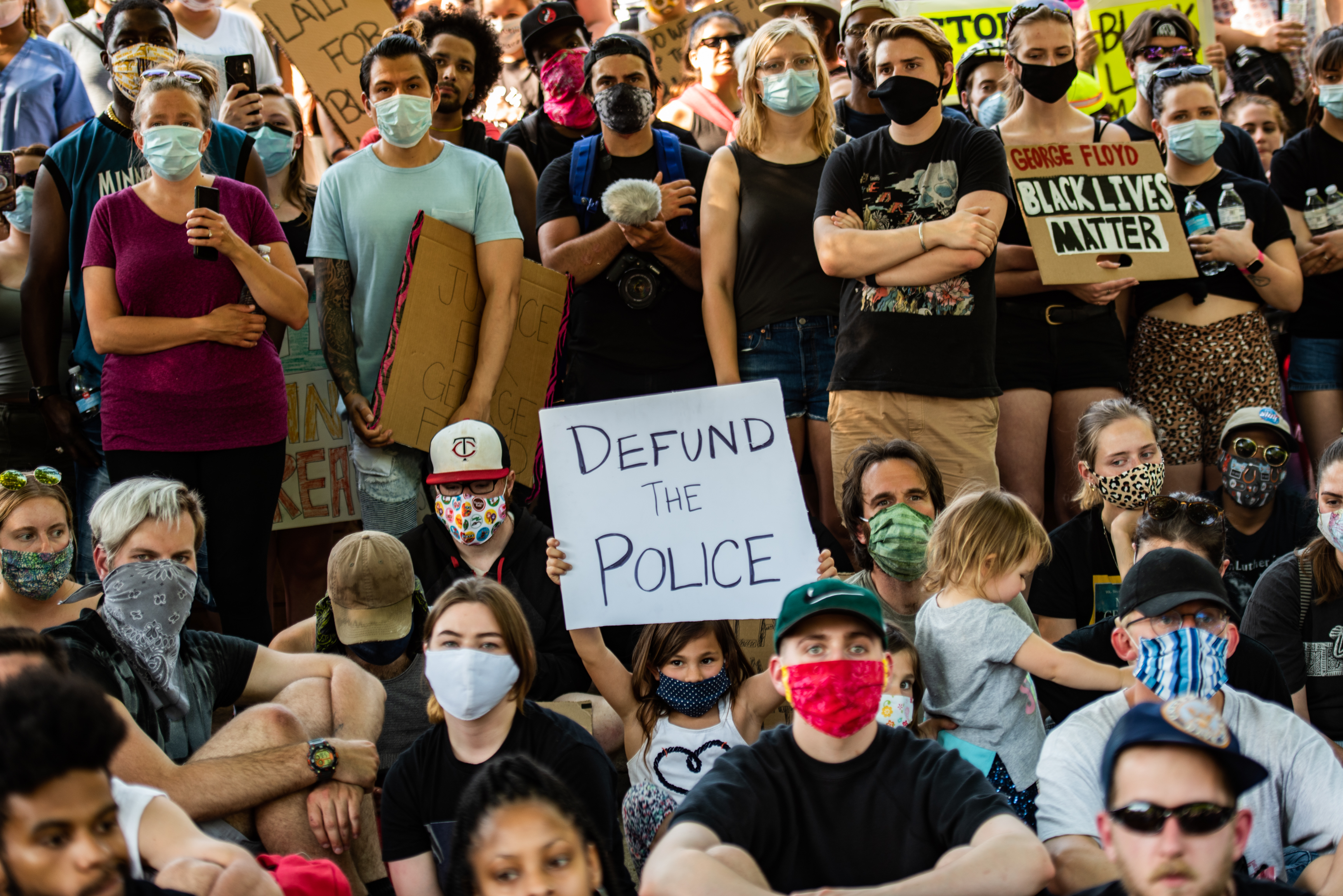
The new climate of anti-racism protest is offering up much analysis on the current state of white people in America, and I have seen four categories emerging which point to the work ahead. First is what sociologist Patterson describes as an estimated 20 to 25 percent who still hold white supremacist views and “have been encouraged and are leading a revanchist sort of movement.” I find this percentage alarming; when the U.S. president, for example, refuses to denounce the Confederate flag, he emboldens this group. They are the ones who many have traditionally limited the term “racist” to, as in “I am not one of them, so I am not responsible.” A second group of white people emerging is what Vinoth Ramachandra describes as those of “comfortable middle class lethargy.” They are said to remain quiet because they find charges of racism to be overblown and the Black Lives Matter movement to be divisive (see a response to these objections from professors at two predominantly white evangelical schools, Biola University and Greenville University: “How Christians Should – and Should Not – Respond to Black Lives Matter”). One white North Carolina Baptist pastor writes in the Christian Century that support for Black Lives Matter among these Christians may have accelerated in part because so many white churches have closed their buildings. Such churches’ traditional responses to racial unrest, he contends, have prioritized “civility” and forms of education, dialogue, and prayer which have “neutraliz[ed] the radical and more costly message of justice.” Now, however, “undeterred by the well-established responses they host, historically white churches have been less able to keep a distance. We’ve been less sheltered, less apt to respond in traditional ways, and… have had less power to moderate the tension and thereby neutralize the moment.” A third group of whites coming under scrutiny have liberal views yet are said to be historically unwilling to pay the price for deep change. While Patterson sees “extraordinary progress in the changing attitudes of white Americans toward blacks and other minorities,” many “are not prepared to make the concessions that are important for the improvement of black lives.” New York Times columnist Charles Blow states it more bluntly in “Allies, Don’t Fail Us Again”: “Many white people have been moved by the current movement, but how will they respond when true equality threatens their privilege?” The fourth group is what some call “woke whites.” They, too, meet skeptical voices, such as Blow’s concern that protests not become “an activist chic summer street festival … not systemic racism Woodstock.” The Biola and Greenville professors write that in this era of “virtue signaling,” whites can appear righteous simply by using the right words and attending the right protests with the right angry demeanor. A contradiction they see is that progressive whites tend to gather in cities that are at once diverse and also some of the most segregated and unequal places in American society. The danger is this:
… the rhetorical displays associated with protest culture give elite white people a chance to exhibit apparent solidarity ‘on the cheap.’ White enthusiasm for antiracist rhetoric may compensate for other forms of solidarity that would be too costly. Put differently, white performative solidarity may disguise a lack of deeper forms of solidarity.
Ironically, then, it may not only be white evangelicals who lack an adequate understanding of institutional change. New York Times columnist David Brooks critiques what he calls a “Social Justice theory of change” (an unfortunate turn of phrase by Brooks, detaching social justice from moral and biblical traditions) which emerged from elite universities and seeks to purify the culture, such as “canceling” people who voice contrary opinions. This approach, he argues, doesn’t produce much actual change. “Corporations are happy to adopt some woke symbols and hold a few consciousness-raising seminars and go on their merry way,” he writes. “Worse, this method has no theory of politics.” The four groups of white people I’ve described point to four obstacles to a new chapter of justice for all: Active resistance from white extremists. The comfortable and silent majority. Solidarity without sacrifice. All of which avoid costly political change. Blow squarely names the cost: “We must make ourselves comfortable with the notion that for the privileged, equality will feel like oppression.” I felt a painful jolt when I read that, muscle memory from the 1983 racial crisis in our Mississippi church. Black members began asking why we whites dominated positions of leadership and contended that whites needed to step back, and blacks step forward. I almost left during that painful summer. But I came to see that I was a big fan of justice for all – as long as it didn’t affect benefits for me. What I also learned was that our black members were staying step back, not step out. That is another way of saying let’s stay together – with equity. The way forward, writes Brooks, is reparations and integration, namely, “an official apology for centuries of slavery and discrimination, and spending money to reduce their effects.” This means that “racial disparity, reform [of] militaristic police departments and … an existential health crisis … is going to take government. It’s going to take actual lawmaking, actual budgeting, complex compromises — all the boring, dogged work of government that is more C-SPAN than Instagram.” And because much of the segregation in America is geographic, lasting change must include giving reparations money to neighborhoods. Brooks points to Minneapolis where George Floyd was killed, where “early-20th-century whites-only housing covenants pushed blacks into smaller and smaller patches of the city. Highways were built through black neighborhoods, ripping their fabric and crippling their economic vitality.” This resulted in “long-suffering black neighborhoods.” Brooks contends that the expertise to lift up such neighborhoods lies with the people who live there, giving examples from South Los Angeles in the Sisters of Watts and Unearth and Empower Communities.
- White people and sacrifice
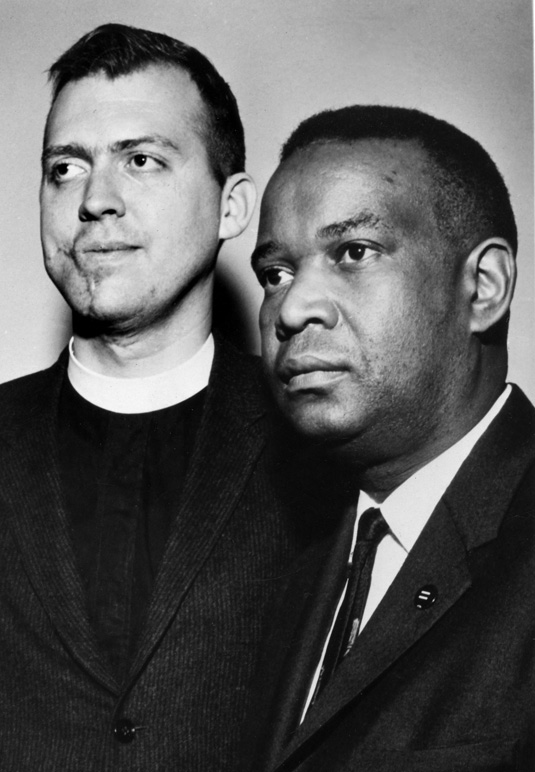
New York Times columnist Blow comes down hard on white allies in the 1964 summer civil rights movement who, he says, ultimately disappointed. Of 2020 he asks, “How will our white allies respond when this summer has passed? How will they respond when civil rights gets personal and it’s about them and not just punishing the white man who pressed his knee into George Floyd’s neck? How will they respond when true equality threatens their privilege, when it actually starts to cost them something?” Critical questions, and with them, where do we look for hope? If hope requires sacrifice, what does that sacrifice look like? Where are stories of white people who illuminate the alternative? During the Mississippi summer of 1964, with their black Mississippi colleague James Chaney, New York City civil rights workers Andrew Goodman and Michael Schwerner were murdered and buried in an earthen dam. When I think of meeting white Mississippian Ed King I remember his facial scars from white violence and his work alongside Dr. King and NAACP chair Medger Evers. “Medgar became the older brother and teacher,” says King. “And Martin must have felt somehow that this white Southerner was worth redeeming.” In recent times I think of Glen Kehrein in Chicago and Allan Tibbels in Baltimore, who through Circle Urban Ministries and New Song Ministries bound their lives living and working for justice with black people who welcomed them into their communities. There, Kehrein and Tibbels themselves found liberation, and their lives enlarge our vision for what is required to build a new reality of justice for all. “The reason I believe in racial reconciliation,” Kehrein once told me, “is because it’s the best way I know of for a white male to die to self.” Deep work for racial justice is public and visible. But much of the time it is gradual, local, quiet, and long-term – the very opposite of “activist chic.” For white people writes David Goatley, Duke Divinity School professor and Director of the Office of Black Church Studies, this is about choosing to be uncomfortable. “White folks need to join communities that Black folks lead,” such as black-led justice organizations like NAACP local branches. And when it comes to white Christians, “I have said to friends who long for more multicultural churches, ‘Join a Black church’ … Black folks suffer non-Black cultural leadership all the time. It is time for white people to learn to be uncomfortable without their cultural leadership.”
- More Than Equals, boundary-crossing relationships, and a theory of change
In the 1993 book I co-authored with Spencer Perkins (John Perkins’ son), More Than Equals: Racial Healing for the Sake of the Gospel, we called for deep, honest, and costly boundary-crossing relationships across racial lines. That might sound sentimental next to today’s protests and calls to address institutionalized racism. Yet a great deal of conflict studies research about theories of change shows that the institutional and the relational have to be held together. A powerful example is two of today’s most important voices regarding America’s criminal justice crisis, Just Mercy’s Bryan Stevenson and Michelle Alexander, author of The New Jim Crow: Mass Incarceration in the Age of Colorblindness. Both lawyers, Stevenson and Alexander testify they were blind to this crisis for many years. What gave them eyes to see was unexpected interruptions – encounters with inmates inside prison walls. Relational encounters across a divide became ground for being persuaded by previously unseen truth, which evoked compassion, which led to passionate advocacy for change. The deepest, long-term work for change comes not from people who are forced to change but who become persuaded and passionate to change, and central to that is life-changing relationship and encounter on strange and difficult ground. As we mourn the recent death of civil rights pioneer and U.S. Congressional leader John Lewis, I think of his relational influence on Robert F. Kennedy. As a Netflix documentary tells the story, when Kennedy was killed in 1968 he stood to become America’s first social justice president. But that required a long journey of conversion, through encounters across divides with Lewis, in the Mississippi Delta with Marian Wright Edelman, and in California with Cesar Chavez and striking farm workers. Alexander, Stevenson, and Kennedy reveal the truth that deep work for social justice requires holding together relational and institutional change. And add to that a biblical understanding of spiritual change, revealed in the truth that “our battle is not against flesh and blood, but against the rulers, against the authorities, against the powers of this dark world (Ephesians 6:12). In choosing More Than Equals as our book title, by “more” Spencer and I meant a new and costly interracial reality of trust, justice, forgiveness, and mutuality – in short, koinonia. But it would be a serious problem to jump over “equals” to “more.” The title was not Less Than Equals, or Let’s Be Friends Now.
- Anti-racism toward what?
Anti-racism is now at the forefront of calls for change. In Jesus’ first public words in the gospel of Luke, reading from Isaiah 61, he states emphatically that God is anti-oppression:
The Spirit of the Lord is upon me,
because he has anointed me
to proclaim good news to the poor.
He has sent me to proclaim freedom for the prisoners
and recovery of sight for the blind,
to set the oppressed free,
to proclaim the favorable year of the Lord.
If God is anti-oppression, then God is anti-racist. And anti-oppression and anti-racist toward what? The “favorable year of the Lord” says Jesus, a reference to the Jubilee year of liberation, of the setting free of prisoners and debts, and returning land to the original owners. God’s liberation is more than anti-this or that. It moves toward a goal, an end, a positive new reality. It moves, in the words of the Psalmist, to where “truth and mercy embrace, justice and peace kiss” (Psalm 85). It moves to tear down the dividing walls of hostility to create “one new humanity” (Ephesians 2). It moves to the end of time, the “vast multitude from every nation, tribe, people, and language” gathered as one people (Revelation 7). At the end of the day, as Fyodor Dostoevsky wrote, beauty will save the world. I glimpsed that in a column by Michelle Alexander (see America, This is Your Chance). Writing of the best of the recent protests – “people of all races, ethnicities, genders and backgrounds rise up together, standing in solidarity for justice, protesting, marching and singing together” – she says: “Our only hope for our collective liberation is a politics of deep solidarity rooted in love.” Then there is John Lewis, writing a few days before his death (Together, You Can Redeem the Soul Of Our Nation), “In my life I have done all I can to demonstrate that the way of peace, the way of love and nonviolence is the more excellent way.” The “toward what” question reimagines, yet must not lose sight of, what is most needed in the here and now. Certain biblical texts speak to certain times. (After the 9/11 attacks in 2001 I remember Duke professor Ellen Davis saying it was not the time for Americans to pray psalms of imprecation). In an online devotion in July, New York City pastor Rich Villodas mentioned a comment by Yale Divinity professor Willie Jennings in his commentary on Acts that prophetic boundary crossing does not happen after worship, but is an interruption on the way to the sanctuary itself and, if a road not taken, questions the authenticity of worship. Villodas then asked how many times we had heard the words of Amos preached from the pulpit (Message translation, 5:21-24):
I can’t stand your religious meetings.
I’m fed up with your conferences and conventions.
I want nothing to do with your religion projects,
your pretentious slogans and goals.
I’m sick of your fund-raising schemes,
your public relations and image making.
I’ve had all I can take of your noisy ego-music.
When was the last time you sang to me?
Do you know what I want?
I want justice—oceans of it.
I want fairness—rivers of it.
That’s what I want. That’s all I want.
Listening to Amos, what is the word for this time? When it comes to the challenge of race in America, writes Duke’s Goatley, “destroying anti-Black racism is not the only work to be done. If we make progress on this stubborn and sinful reality, however, we will handle the rest.” The word for here and now, he suggests, is this: “I am weary about conversations and resolutions… Consequently, I challenge more of us to start working for liberation. Then we can work on reconciliation.” Like the comfortable religious leaders in Jesus’ Good Samaritan story, we dare not pass quickly by the murdered body of George Floyd on the other side of the Jericho road. As I wrote elsewhere, you cannot reconcile with somehow who has a foot on your neck. We dare not talk about reconciliation without getting feet off necks. For everything there is a season. In the spirit of Luke 4 and of Amos, this is the season to take down racial disparities. This is the season of liberation.
- “We Need More”
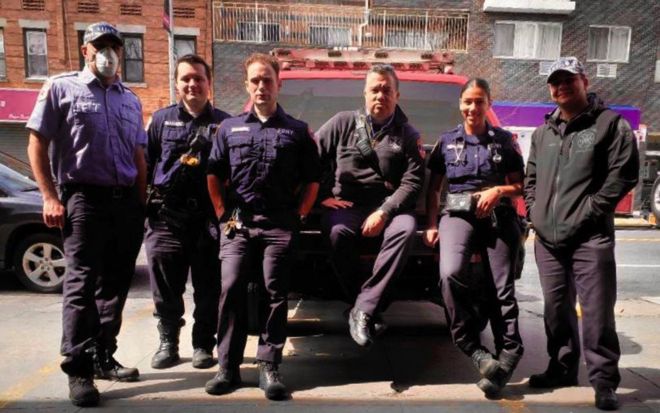
More Americans have now died of COVID-19 than in World War I, the Korean War, and the Vietnam War combined. While for most Americans the pain of those 154,000 deaths is hidden, not so for the Bronx, New York family of beloved father and church deacon Nathaniel Hallman. After he died, his family was unable to find a funeral home to take his body, which was finally discovered in an unrefrigerated U-Haul truck. There is also dedicated New York City paramedic Anthony Almojera, his courage amid harrowing experiences, and truths learned. “One thing this pandemic has made clear to me,” he tells the Washington Post, “is that our country has become a joke in terms of how it disregards working people and poor people. The rampant inequality. The racism. Mistakes were made at the very top in terms of how we prepared for this virus, and we paid down here at the bottom.” For Mr. Almonjera and the Hallman family this pandemic has been shattering. Mindful of them, and all the 154,000 dead and counting, and their loved ones, and of countries which have brought the virus under control, where is our collective outrage about the failure of governmental leadership at so many levels? For God intends this pain to not only speak to us, but to activate us. As Vinoth Ramachadra writes with regard to COVID-19, “the Biblical writers know nothing of apologetics. In the face of innocent human suffering, they don’t defend God. They protest to God. And if the cause of that suffering is systemic injustice or political oppression, they confront those responsible.” Tears flowed when I first heard Taylor Fagins’ song of lament dedicated to George Floyd, Breonna Taylor, Ahmaud Arbery, and many other black people who have died. “We Need More” he cries out. May we all cry out. May we all be shattered. In this time of crisis, may we all become more.
Chris Rice is director of the Mennonite Central Committee United Nations Office in New York City. He is co-author of Reconciling All Things and was founding co-director of the Duke Divinity School Center for Reconciliation.



